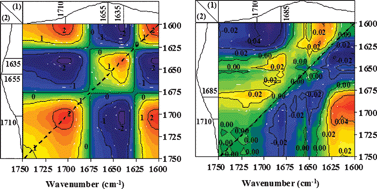Comparative evaluation of bioactivity change of crystalline trypsin during compression by chemoinformatics and 2-D Fourier-transform infrared spectroscopy
Abstract
The purpose of this study is to develop a method of evaluating the enzymatic activity of trypsin in a solid-state based on


 Please wait while we load your content...
Please wait while we load your content...